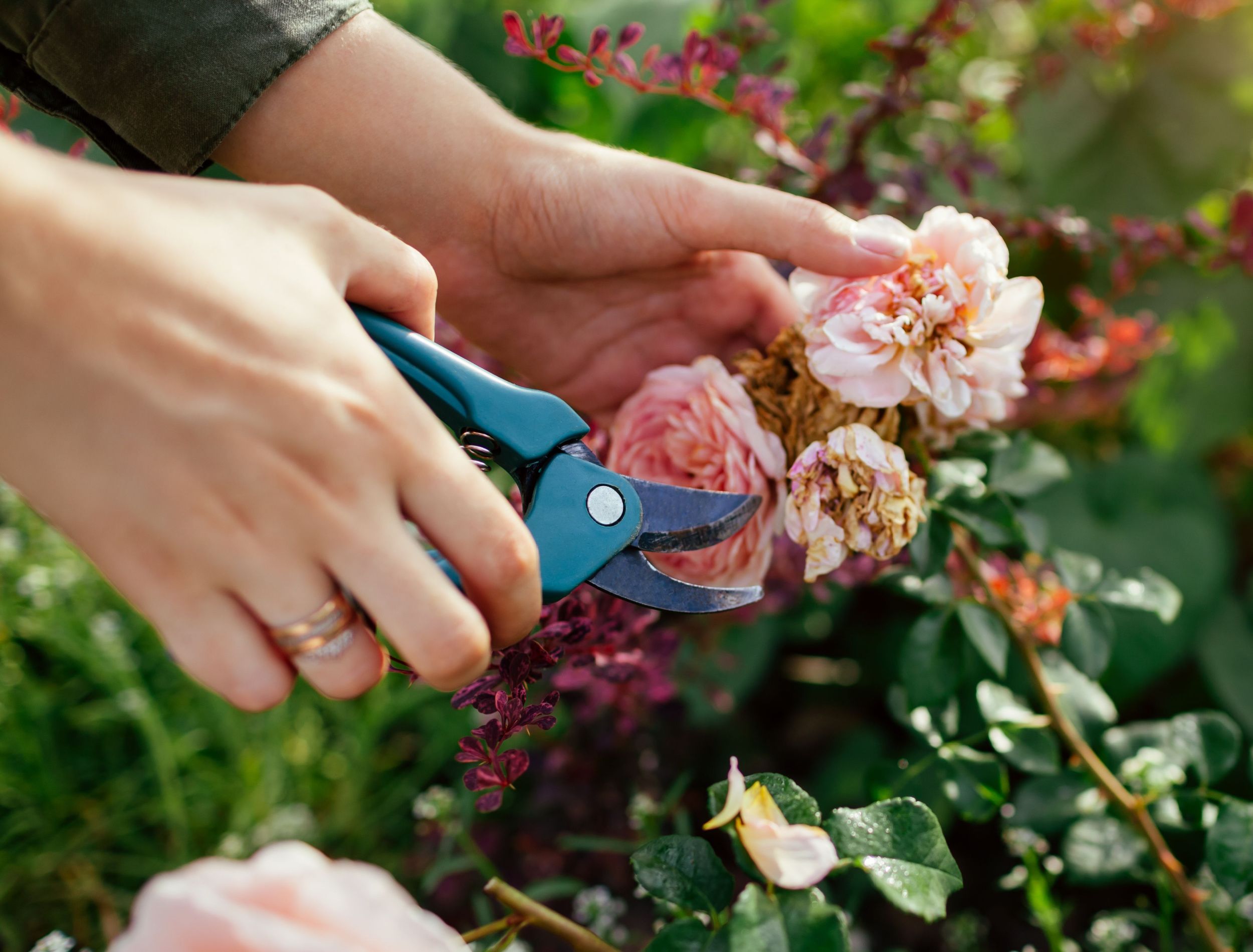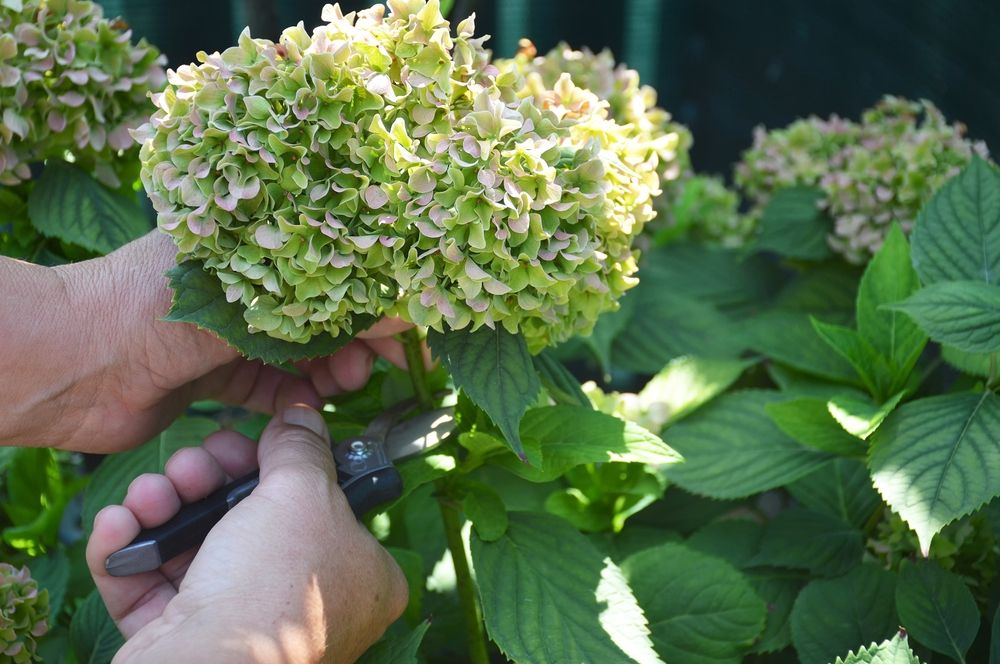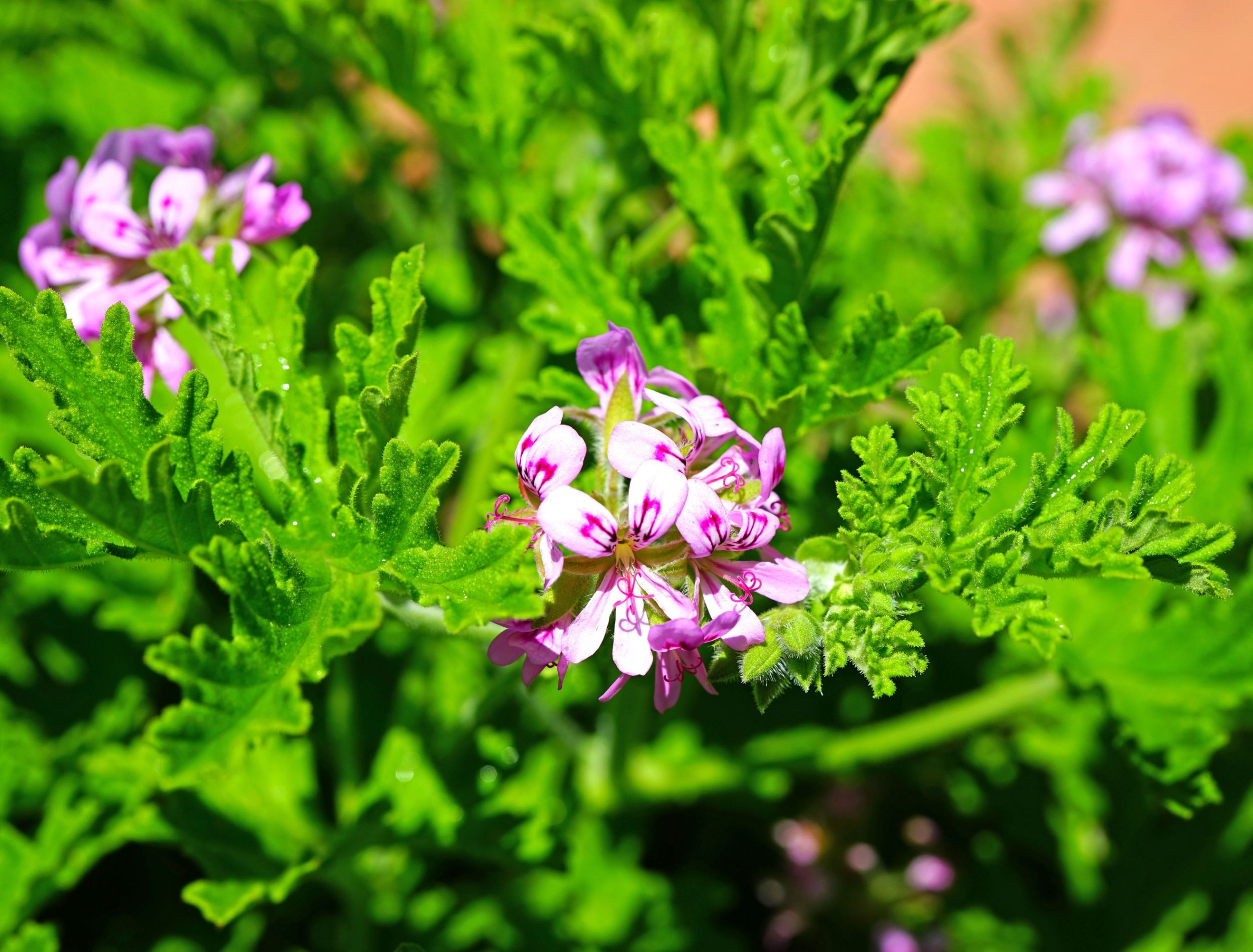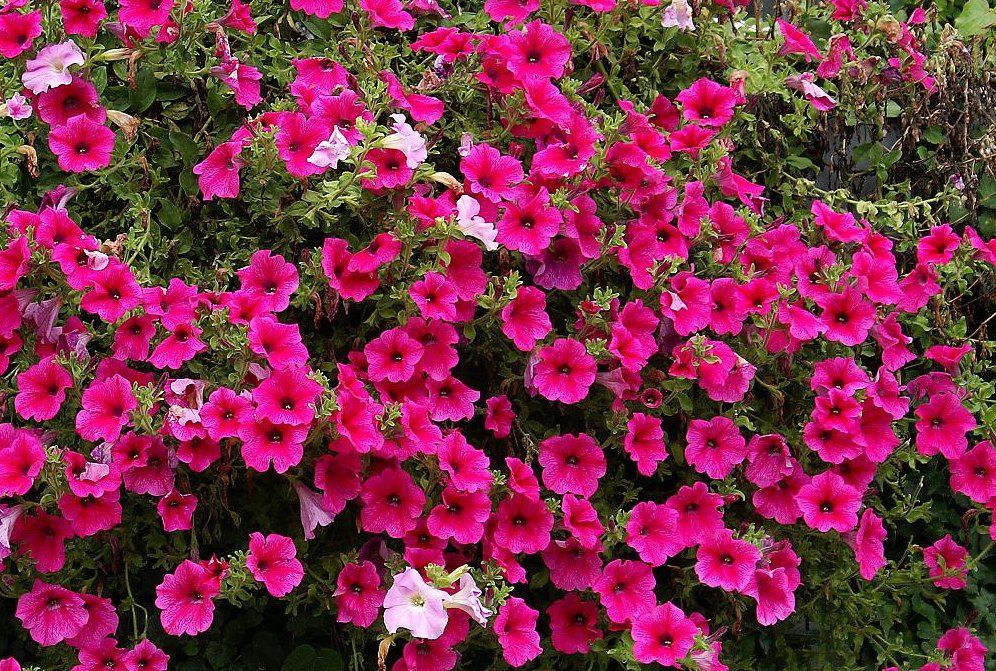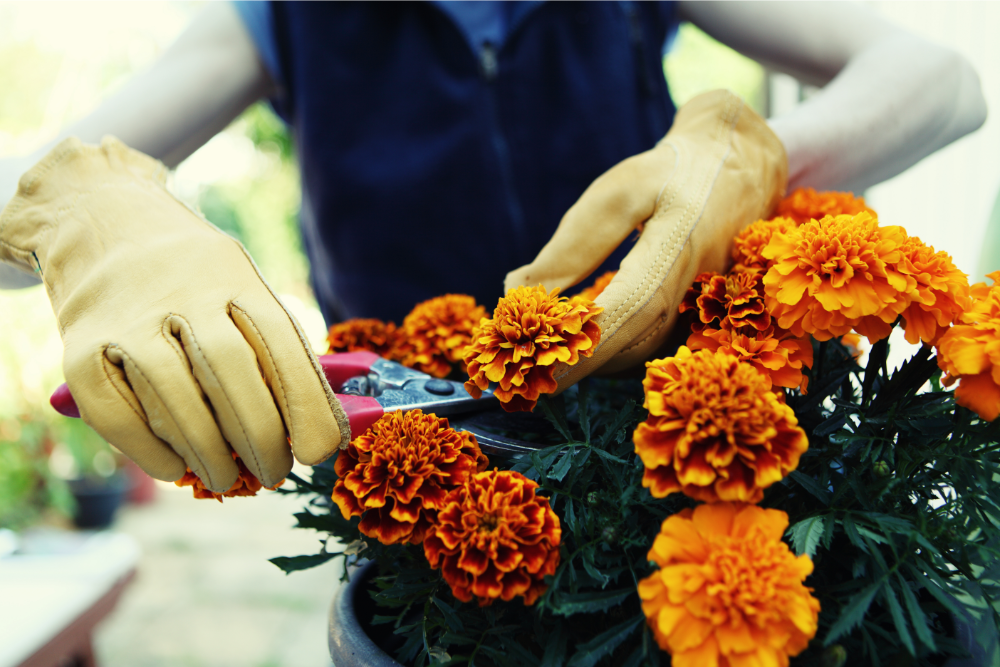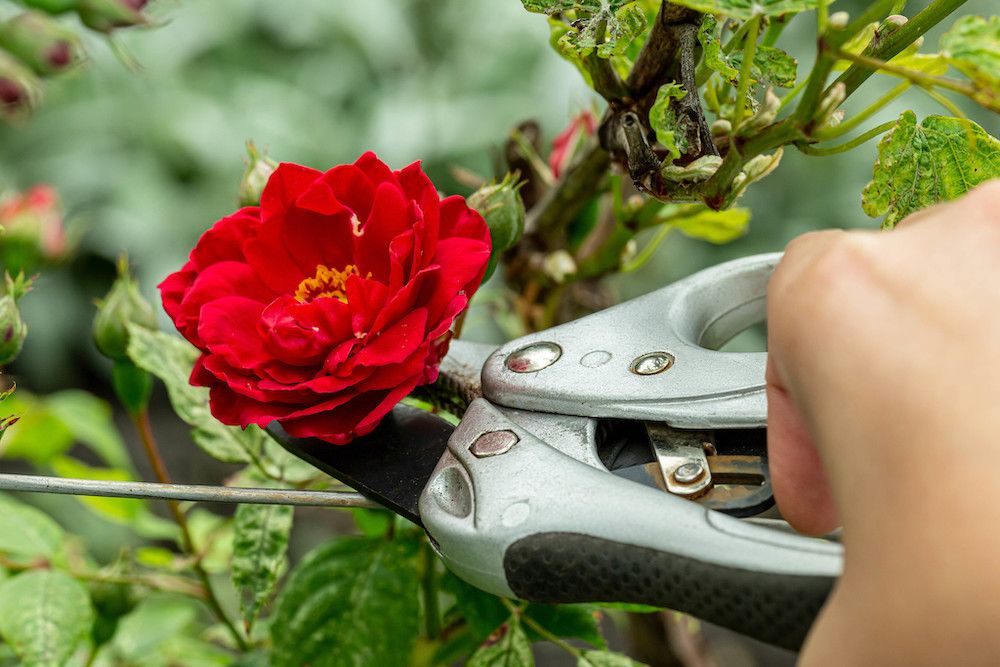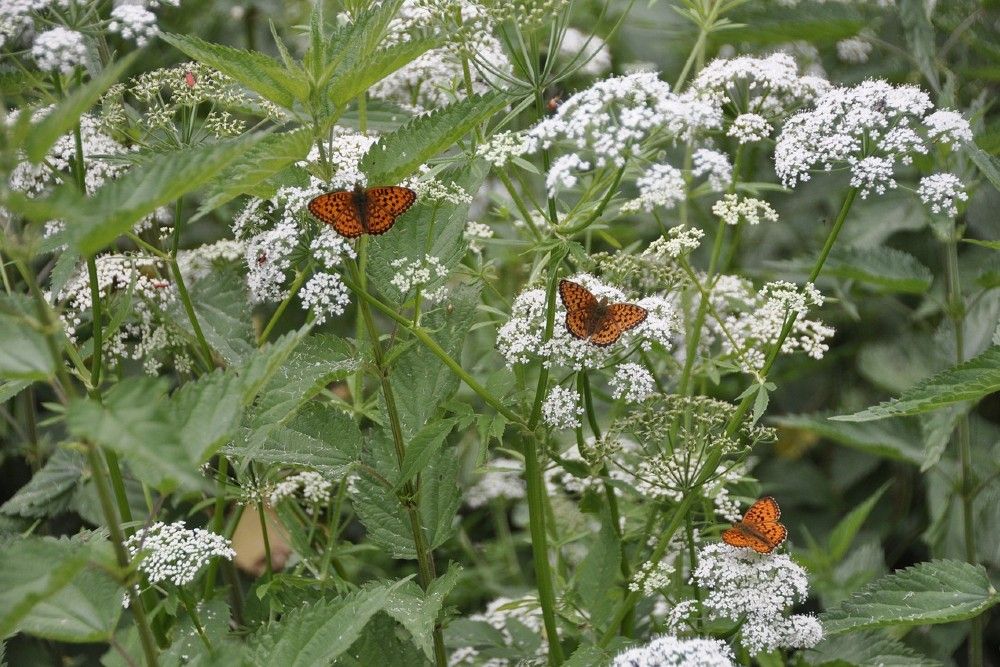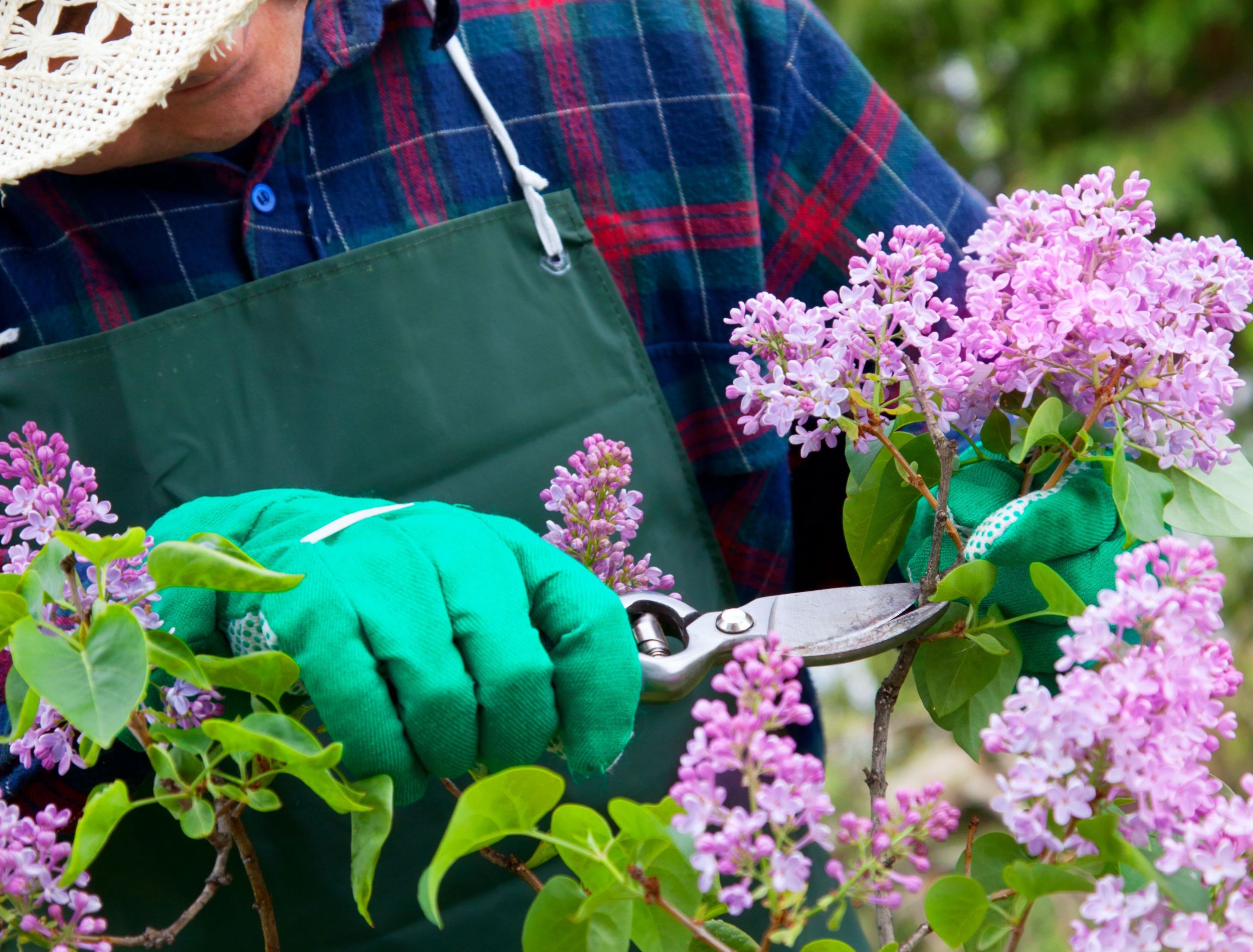Key Takeaways
- Deadheading is important for preventing self-seeding and keeping your garden neat and orderly.
- Deadheading encourages further blooming by stimulating plants to produce more buds.
- Deadheading improves the aesthetic value of your garden by preventing seed heads and maintaining a tidy appearance.
It's the middle of summer, and your garden is blooming in full force. You're surrounded by a rainbow of vibrant colored flowers swaying in the soft breeze, creating an idyllic oasis outside your door. Delightful as they are, your beautiful blooms will naturally lose their energy with time — that's why regular deadheading is so helpful for keeping them looking fresh and vibrant!
With this in mind, explore five fan-favorite flowering plants that benefit from deadheading and how you can do it correctly. Discover everything you need to know about encouraging new flower buds on these beloved beauties!
Why Is Deadheading Important?
Deadheading involves removing spent flower heads from plants. If left on the plant, these flowers start to wilt. There are a few reasons to deadhead your flowers once the blooms are spent.
Prevent Self Seeding
The most common reason for deadheading is to prevent self-seeding. Self-seeding plants may become the dominant species in an area, growing too close together and choking out the other plants. Removing spent flower heads before they spread their seeds helps keep your garden neat and orderly.
Encourages Further Blooming
Aside from preventing self-seeding, deadheading also encourages more blooms. Removing the spent flowers stimulates some plants to produce more buds, eventually turning into fresh blossoms. This process is especially useful in long-flowering plants that need a bit of encouragement to keep blooming throughout the season. Deadheading also helps maximize energy production for the plant, as it spends less energy on forming and ripening seeds.
Aesthetics
Visually speaking, deadheading makes a vast difference in how your garden looks. Removing the spent flowers prevents them from developing into seed heads or looking shabby and unsightly, thus improving the aesthetic value of your garden.
Geraniums
Geraniums are some of the most popular flowers for both indoors and out. They come in various shapes, sizes, and colors, and while their bright blooms bring some much-needed color to your environment, they'll need a little extra help to remain in bloom all summer. That's why deadheading is key!
Deadheading your geraniums encourages the plant to keep on flowering rather than putting energy into producing seeds. Deadheading also keeps the plant looking tidy throughout the growing season.
Like many flowering plants, geraniums need full sun to thrive. Aim for six to eight hours of direct sunlight per day. These flowers prefer moist soil that drains well. That means you'll want to water them once a week when the soil is dry, and if you have them in a pot, water them daily during hot weather as potted plants dry out faster than their in-ground friends.
Fertilizing your geraniums is also vital to keeping the blooms strong and healthy. Feed them with a balanced 5-10-5 fertilizer every four to six weeks throughout their growing season.
Petunias
Nothing compares to beautiful petunias in full bloom. They have bright and vibrant colors that transform your outdoor space. Petunias have showy flowers, requiring well-draining, moist soil, and at least six to eight hours of sunlight for optimal results. These flowers are also quite drought tolerant, yet they need 6 to 8 inches of water per week when in the ground. Potted petunias need more watering: up to once a day when the temperatures reach above 85 to 90 degrees Fahrenheit.
For best results, give your petunias a balanced fertilizer such as 8-8-8, 10-10-10, or 12-12-12 when you plant them. In mid-July, apply liquid fertilizer once every three weeks.
But perhaps the most important thing you need to do for your petunias is deadhead them regularly. Deadheading helps encourage more blooms, as removing spent flowers diverts their energy to more flower production.
Marigolds
With their bright and cheerful yellow and orange blooms, marigolds are a beloved and easy-to-care-for garden flower that fills your backyard with vibrant color. But if you want to make the most of your marigold plantings, deadhead them when the blooms have faded. Doing so helps encourage your plant to produce more flowers.
To give your marigold plants the best chance for success, plant them in well-draining soil and provide six to eight hours of sunlight daily. The ground should remain moist but not soggy, so water once or twice a week if there's no rain. Potted marigolds may need daily watering during the hottest times of the year.
These colorful flowers attract pollinators such as bees and butterflies!
Roses
Roses are some of the most beautiful flowers you find in a garden. Not only do they add beauty and color to a landscape, but deadheading roses also helps them re-bloom faster. Creating an environment that fosters healthy growth for roses is essential, including well-draining, moist soil and six to eight hours of sunlight each day.
Watering is also important for keeping roses healthy; they need 1 to 2 inches of water each week, and potted roses may need more watering when the temperatures reach over 85 to 90 degrees Fahrenheit.
In addition to the beauty these plants bring, pollinators love roses. They draw bees and butterflies to the buds, making them invaluable to the environment.
Yarrow
Flowers are a great way to bring life and color into your garden, but some plants may become invasive if left unchecked. Yarrow is one of those flowers that may overrun other plants in your garden if not tended to correctly. Luckily, deadheading yarrow is a way to keep it under control while also providing you with beautiful flowers.
Hardy yarrow comes in an array of colors and thrives best in well-drained soil with at least six hours of sunlight per day. It's also very drought resistant once established and only needs water from rainfall to survive.
Yarrow will not only look beautiful in your garden, but it also attracts butterflies, bees, and birds. They make for a great addition to your garden!
Tips on How to Deadhead Flowers
Deadheading is a simple yet powerful technique that involves removing spent or faded flowers from your plants, encouraging them to produce more vibrant blooms, and extending their flowering season. If you want your garden to be a symphony of colors and fragrances, mastering the art of deadheading is a must!
Timing is Everything
Timing is the key to successful deadheading. Wait until the flowers have fully bloomed and faded before removing them. This way, you allow the plant to use its energy to produce new flowers rather than waste its time feeding a dying bloom.
Equip Yourself
All you need to embark on your deadheading journey is a trusty pair of pruning shears or sharp scissors. Make sure they are clean, sanitized with alcohol, milk, or bleach, and sharp to create clean cuts to promote faster healing.
Cut at the Right Spot
Locate the first set of healthy leaves below the spent flower when deadheading. Position your pruning shears just above this set of leaves and make a clean, diagonal cut. This method encourages new growth and prevents unsightly stubs.
Regular Deadheading
To maintain a flourishing display of blooms, make deadheading a regular part of your gardening routine. Check your plants every few days and remove the faded flowers you find.
Feel the Satisfaction of Beautiful Blooms
Deadheading your flowers is a fun and simple task that doesn't take too much time. So, if you want to brighten up your outdoor space, try deadheading these popular garden flowers!
Share this info with your family and friends, and plan to make this summer's garden even more stunning than last year's! Enjoy some hands-on time in nature while taking pride in the fruits of your labor when you see all those lovely blooms come alive.

